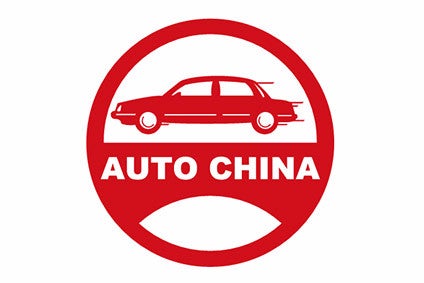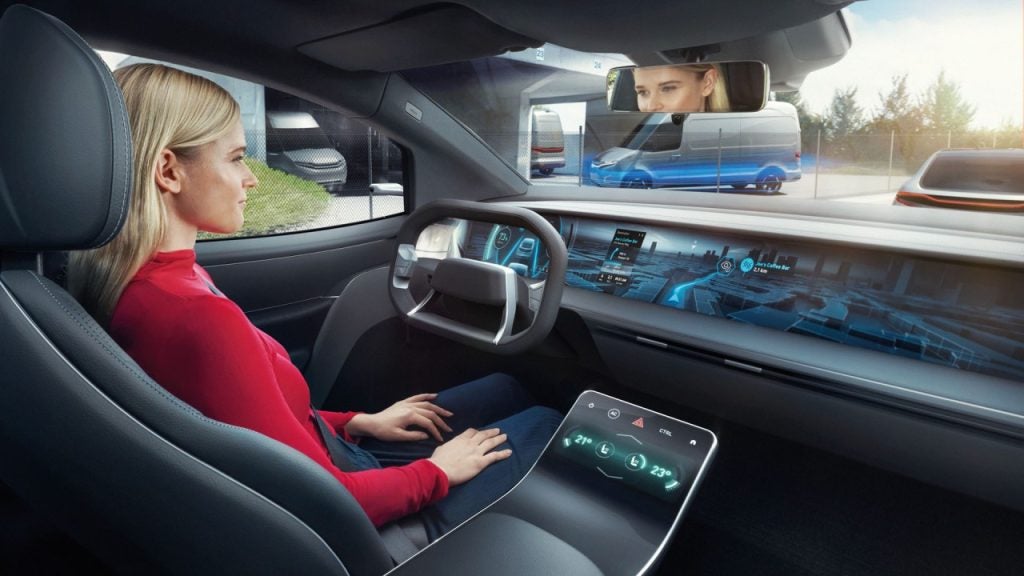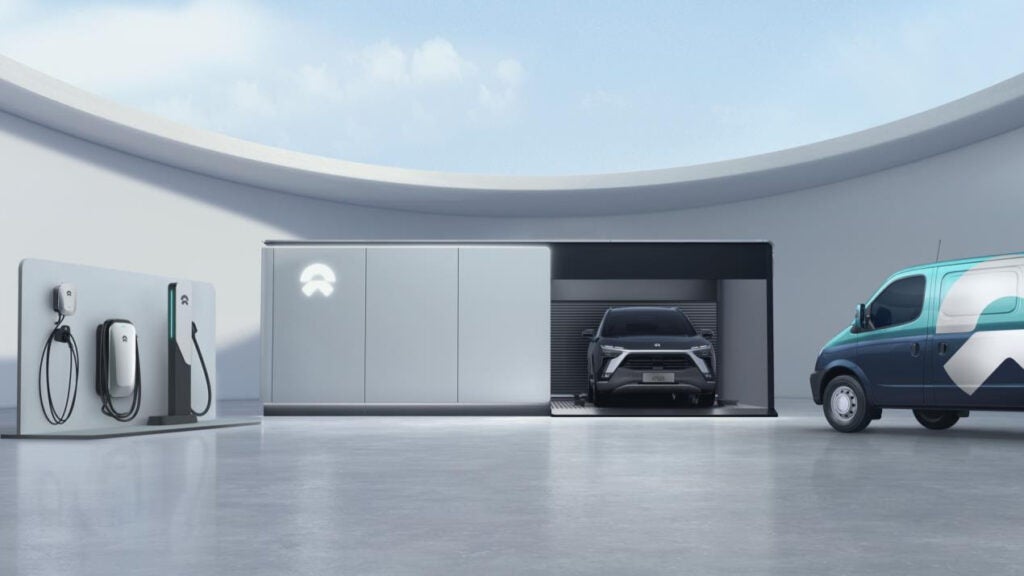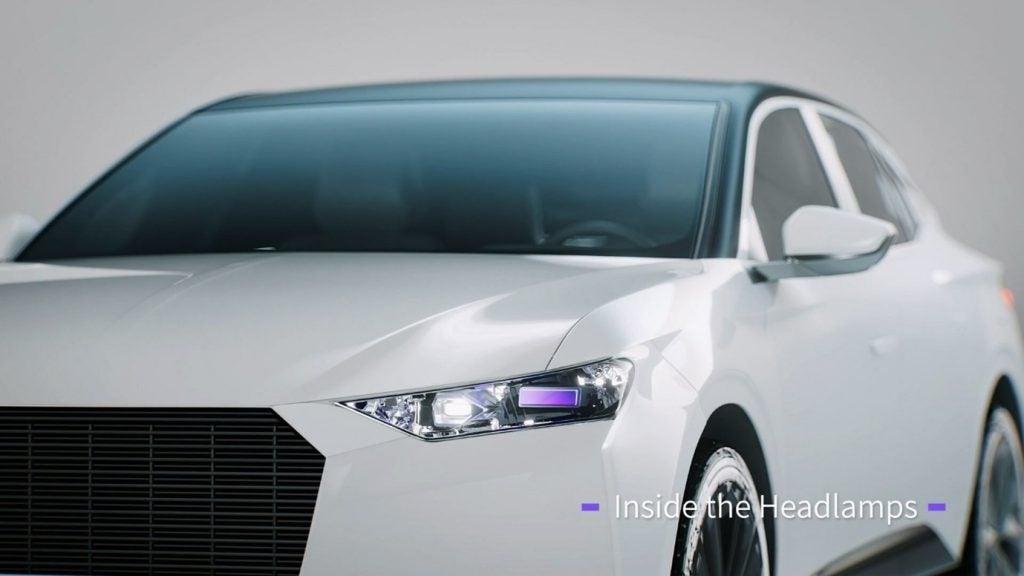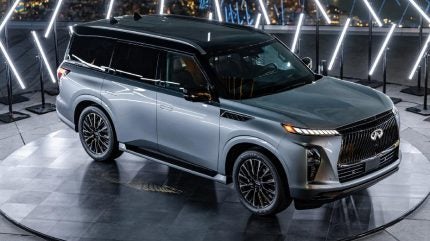
Did carmakers underestimate the difficulty of autonomous driving? Industry experts give their thoughts on recent suggestions autonomous driving may be harder to achieve than first expected. New research by the US’ Insurance Institute for Highway Safety (IIHS) has found that carmakers have “work to do” on partial driving automation systems, let alone on fully autonomous driving, begging the question of just how realistic the latter is in the short term. As part of a new ratings programme the IIHS is introducing with the aim of encouraging automakers to incorporate more robust safeguards into their automation systems, an initial 14 systems were tested. Of them, only one was given an acceptable rating, while two were rated marginal and 11 were rated poor. IIHS president David Harkey said of the systems tested: “Most of them don’t include adequate measures to prevent misuse and keep drivers from losing focus on what’s happening on the road.” The results make dubious reading for a market that GlobalData’s Automotive ADAS and Autonomous Vehicles Market report estimates to have comprised 516.3 million units in 2023 and predicts will grow at a compound rate of over 6% between 2023 and 2028.
China rising (still)
China overtook Japan as the world’s largest auto exporter for the first time in 2023. Chinese Passenger Vehicle (PV) exports maintained a volume of around 700k units per year before 2020. However, in 2021, exports suddenly entered a period of explosive growth; PV export volume reached almost 1.59 million units, a 119% year-on-year (YoY) growth rate. In fact, as early as 2019, the global supply chain was already showing signs of facing various challenges and global auto production suffered a 6% YoY decline with this number rising to an 18% decline in 2021 versus 2018. Relying on the vigorous development of the New Energy Vehicle (NEV) sector, good economic resilience and a stable supply chain, Chinese OEMs overcame many challenges during the years 2019 and 2020, recovering faster than the rest of the world and ushering in the export boom in 2021. In 2022, China’s Passenger Vehicle export volume reached 2.49 million units, a 57% YoY growth rate, to become the second largest exporter in the world. In 2023, Passenger Vehicle export volume exceeded 4 million units, achieving 61% YoY growth. Also, in 2023, China’s auto exports surpassed Japan’s enabling it to become the world’s largest exporter for the first time.
ASEAN down
January saw mixed results across the region, according to GlobalData. Light Vehicle (LV) sales experienced a marginal 2% YoY decrease in January 2024 (January), with mixed results across the region. Indonesia and Thailand encountered significant declines, whereas Malaysia, Vietnam, and the Philippines saw robust growth.
See Also:
Indian roll of the dice
How well do you really know your competitors?
Access the most comprehensive Company Profiles on the market, powered by GlobalData. Save hours of research. Gain competitive edge.

Thank you!
Your download email will arrive shortly
Not ready to buy yet? Download a free sample
We are confident about the unique quality of our Company Profiles. However, we want you to make the most beneficial decision for your business, so we offer a free sample that you can download by submitting the below form
By GlobalDataVietnamese automaker VinFast is poised to enter the Indian automotive market with a focus on the Battery Electric Vehicle (BEV) segment. However, the success of this strategic initiative is uncertain, given the significant challenges posed by the competitive landscape, the dominance of established players, and the cost-conscious nature of Indian consumers. The Indian automotive market is extremely competitive and has seen international giants like General Motors and Ford exit after decades of operation. Even Toyota and Volkswagen have struggled to establish a significant presence. This competitive environment presents a formidable challenge for VinFast, a newcomer, to establish its brand and attract the value-seeking Indian consumer. Moreover, VinFast will be entering a BEV market where local players are already established with Tata Motors expanding its offerings to a full line-up by the middle of this decade. Mahindra too is gaining a foothold and will be adding more BEVs to its product range. And, Maruti Suzuki, the market leader, is set to introduce BEVs by 2025. These companies benefit from a well-developed supplier base, enabling them to offer affordable BEVs and further intensify competition for VinFast.
Diesel holds on
Diesel’s share of the car market holds steady in Europe, according to GlobalData analysis. anuary’s diesel share of new car sales in the region (including diesel hybrids – mostly 48V) is confirmed at 15.5% with February coming in at a very similar, and provisional, 15.4%. The robustness seen over the last 6 months may be connected to a slowdown in demand for BEVs, especially in Germany in the opening months of this year. The BEV market to February across the region has grown YoY, but by a smaller amount than seen H1 2023 and hence we’re seeing a lower impact on legacy technologies, like diesel.
Zero emission fib
Is “Zero Emission Vehicle” – the biggest automotive fib? That question was asked by a GlobalData analyst this week who noted other emissions are released beyond those at the tailpipe.
Bentley chief jumps ship
Aston Martin has named former Bentley chief Adrian Hallmark as executive director and CEO. Hallmark was previously chairman and CEO of VW Group owned Bentley Motors, which he joined in 2018. Bentley said Hallmark was “leaving the company at his own request and by mutual consent”. The news came a few days after the prestige brand posted some healthy numbers for 2023.
More China rising
Zeekr announced it would enter six new markets in Europe by the end of this year, as it steps up expansion worldwide. Zeekr is the premium battery electric vehicle (BEV) unit of China’s Geely Holding which also owns Volvo Cars, Lotus Cars plus Polestar and the Chinese Lynk & Co brands. The group, including subsidiaries and joint ventures, increased global sales 20% to 2.8m vehicles last year.
Top of the Klasse
BMW has released details of its Neue Klasse (New Class) X SUV (or Sports Activity Vehicle/SAV as the automaker prefers). This first fully electric raised derivative on a new architecture will go into production in Debrecen, Hungary in 2025. BMW earlier showed a Neue Klasse sedan at the IAA show in 2023. The X has new drive and chassis control plus sixth generation eDrive (EV) drivetrain.
Edge-y Infiniti
Nissan’s US Infiniti unit launched the 2025 QX80 luxury, three row SUV at Edge, the 100 story high outdoor sky deck at Hudson Yards in Manhattan. The new model has flush door handles and offers an optional Light Path which, as the driver approaches, stages a light show which starts at the grille brand emblem, progresses through the DRLs and eventually projects wing like geometric shapes on the ground at either side.
ZF bulls eye
Supplier ZF Friedrichshafen said it hit financial targets for 2023. In a “highly volatile global economy”, the company increased sales 6.5% year on year to EUR46.6bn from EUR43.8bn. Adjusted EBIT rose from EUR2bn to EUR2.4bn.
‘Lecky Mazda?
Is Mazda readying a new EV? Mazda filing with the European Union Intellectual Property Office (EUIPO) led to speculation the automaker was considering making an electric sedan for Europe. The application for the trademark and logo ‘6e’ is currently under review. Mazda’s application said the name refers to “automobiles and their parts; electric cars and their parts”.
Have a nice weekend.
Graeme Roberts, Deputy Editor, Just Auto



